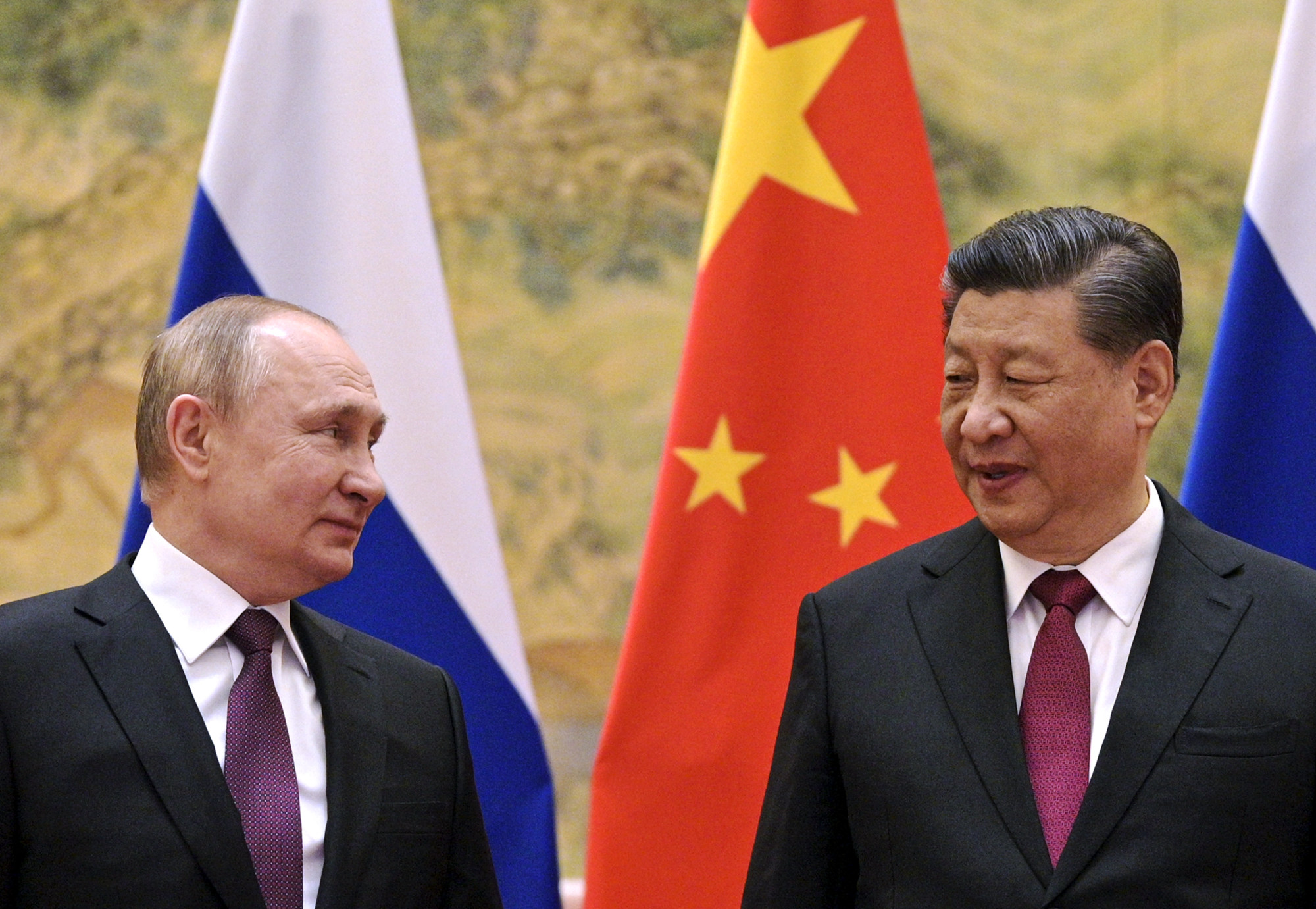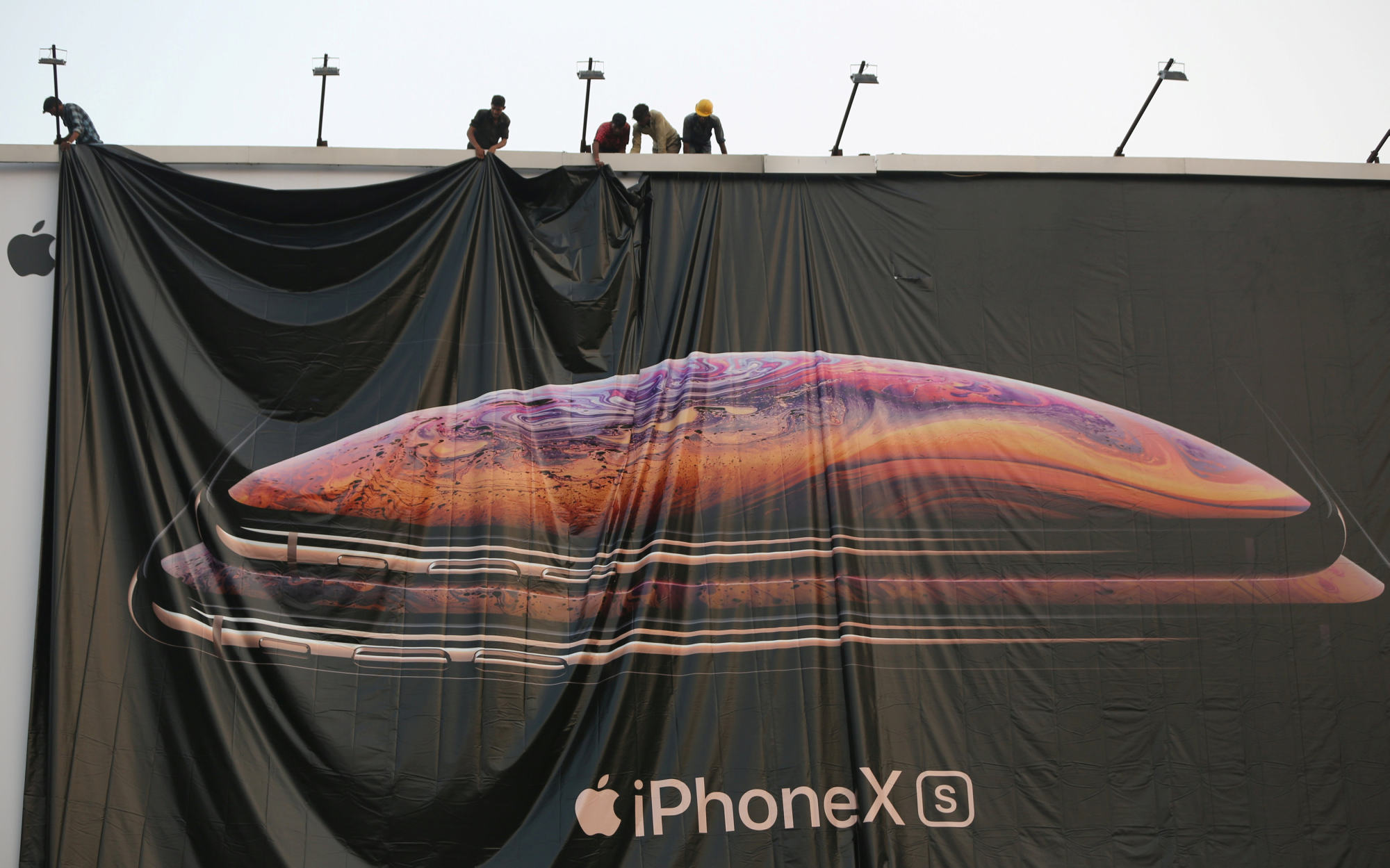
Will India benefit as China’s Covid-19 lockdowns hit Apple supply chains?
- While Apple has staunchly continued its reliance on Chinese manufacturing, Beijing’s Covid-19 policies have emerged as a potential deal-breaker
- Apple has been testing the waters in India for years – the pandemic and China-US tensions might provide the impetus for a bigger shift
While Apple CEO Tim Cook often talks about the company’s commitment to data privacy, concerns have been raised over the possibility of government surveillance of user data, after Apple began storing Chinese customers’ data in the country to comply with local regulations.

In an earnings call in April, Apple anticipated that its revenue could take a US$4 billion-US$8 billion hit in the April-June quarter.

In 2019, 64 per cent of the 1.9 million sales of iPhone handsets within India were imported. In 2021, when sales increased sharply to 5.4 million phones, the number of imports declined to 23 per cent. Apple has shipped 1 million made-in-India handsets in the first quarter of 2022. And it confirmed in April that it had started production of the iPhone 13 in a town in southern India.
Apple’s manufacturing in China was always supported by strong domestic demand – the Greater China region is its third-largest market after the Americas and Europe, accounting for over a fifth of the company’s revenue globally.
The growth story for Apple in India, in spite of its recent strong performance, is not without obstacles. In 2021, Android had a market share of over 95 per cent, with Apple’s iOS operating system coming in a distant second with 3.1 per cent market share.
The Indian smartphone market is dominated by Android users who show a strong preference for Chinese brands. In the first quarter of 2022, Xiaomi led the pack with 23 per cent market share, with Samsung coming in second overall and topping the 5G category.
Global smartphone shipments fall in first quarter, dragged down by market uncertainty
Consumer price sensitivity aside, ramping up production in India would also mean overcoming several significant challenges. One of these is navigating regulatory and bureaucratic barriers that American companies have historically found challenging. While finding cheap and plentiful labour is possible in India, it is hard to outdo China in this area.

Take, for instance, Foxconn’s plant in Zhengzhou, often touted as the world’s biggest iPhone manufacturing facility. This single plant, located in a city with a population of around 10 million, can produce 500,000 iPhones a day.
Only time can tell whether India can step up as a suitable alternative to its formidable neighbour. However, any move by Apple to shift its manufacturing away from China, even in a small way, could influence other American companies at a time when economic turmoil is sweeping through a Covid-19-afflicted world.
Kamala Thiagarajan is a freelance journalist based in Madurai, southern India


